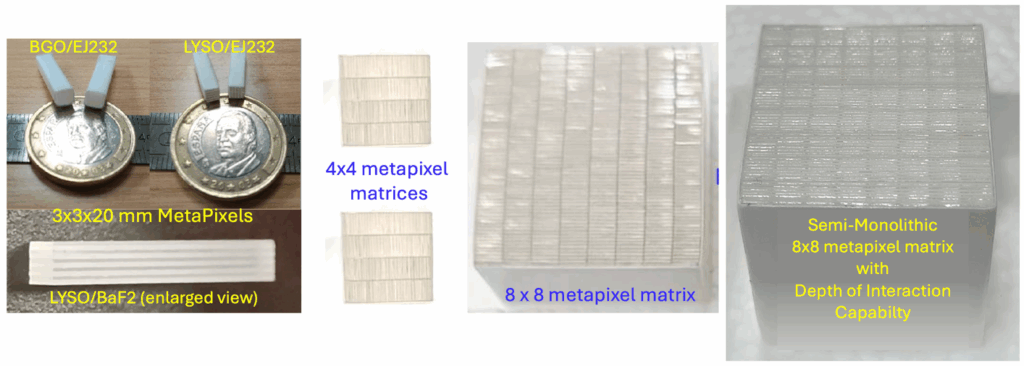METACRYSTAL SA is proposing a revolutionary concept of metamaterial gamma-ray detector crystal with a much faster response than crystals used in today’s PET scanners, that will result in an up to 20-fold increase in image sensitivity and 20-fold reduction in radioactive dosage per scan.
Benefits for patients:
- reduced radioactive dosage (patient and personnel)
- reduced scan time (better comfort)
- improved image quality
- flexibility in operation procedures
Benefits for healthcare system:
- lower cost per scan
- higher patient throughput (faster exams)
- higher patient base lower radiotracer production infrastructure costs

